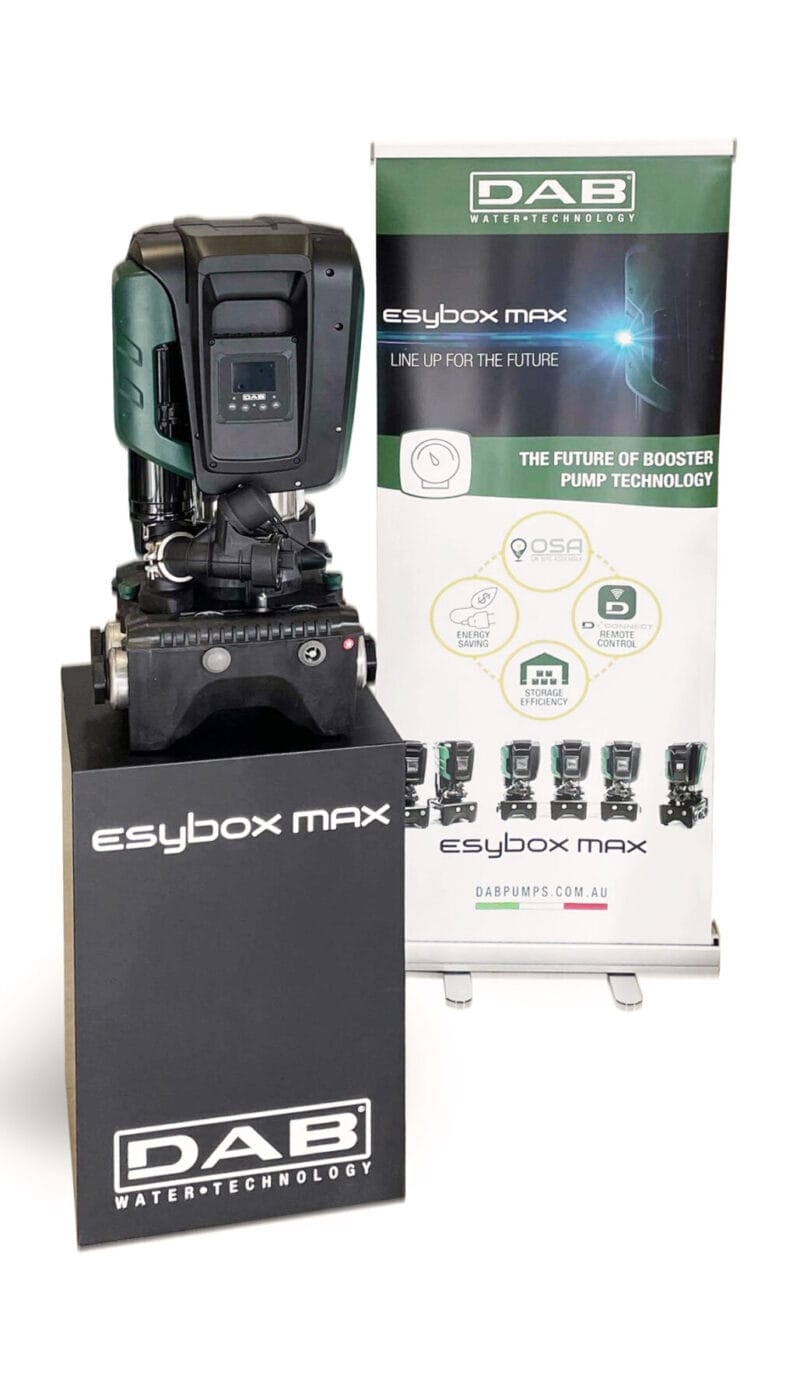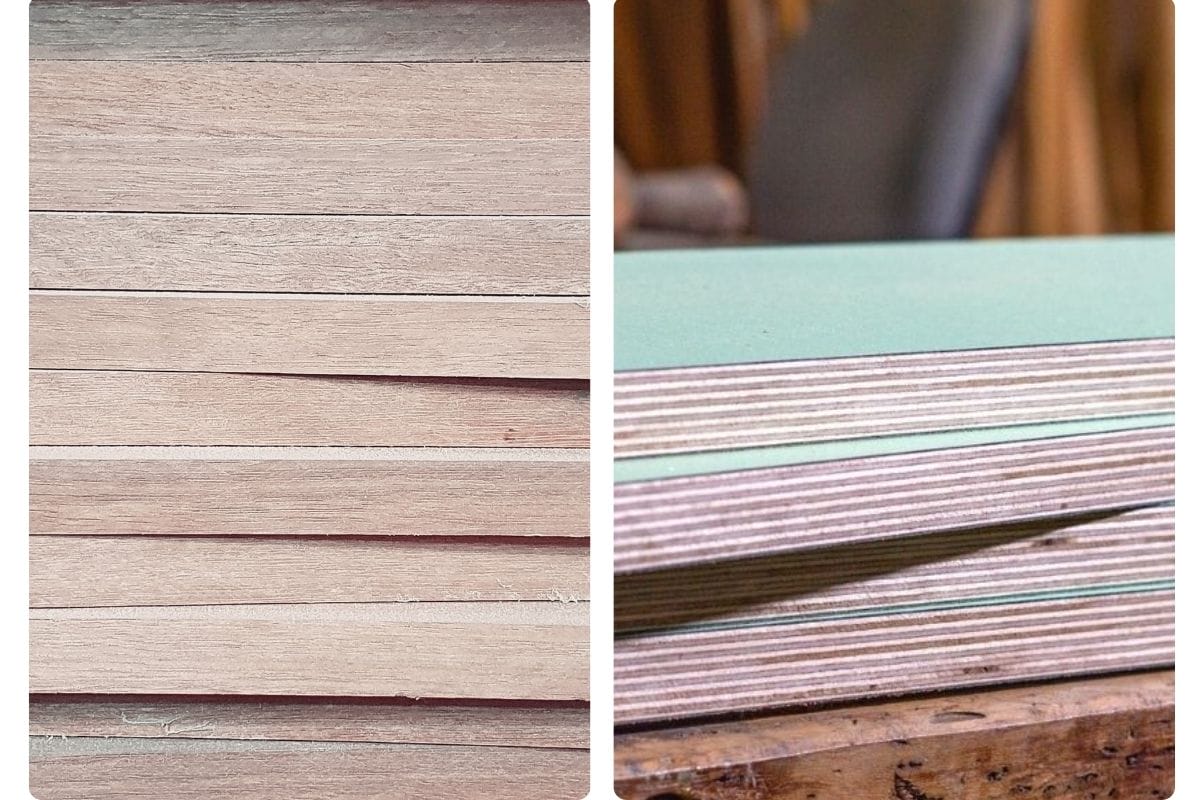plinths vs pedestals (and when to use them)
Plinths are more than display stands—they are an essential element in creating visually striking and effective displays across various settings. Whether you’re highlighting a sculpture in a gallery, showcasing products in retail, or adding sophistication to your home or office decor, plinths play a vital role in enhancing the presentation and significance of the objects they support.
This guide explores everything you need to know about plinths, their types, materials, and uses, helping you choose the perfect solution for your display needs.

introduction to plinths
what is a plinth?
A plinth is a hollow cube structure designed to elevate and support objects such as products or artistic creations. Often referred to interchangeably with a pedestal, a plinth serves the essential function of enhancing the presentation of an object. By lifting items it creates a dedicated display space that draws attention and adds focus.
At Kist Displays, we specialise in creating high-quality plinths tailored to elevate artworks and products for promotions, exhibitions, and retail displays. Our designs not only support your items but also seamlessly blend with their environment, ensuring a professional and professional aesthetic.
what is the purpose of a plinth?
A plinth’s purpose extends beyond basic support; it transforms objects into focal points. By elevating the item, it creates a sense of importance, separating it from its surroundings and ensuring it stands out. A plinth not only enhances visibility but also adds a layer of sophistication and intentionality to the display.
Strategically placed, plinths optimise space, drawing attention to the object while maintaining physical separation from other elements. Their designs—ranging from tiered mini-plinths to sleek rectangular, cubic or cylindrical shapes—amplify the beauty and significance of valued objects.

what can be displayed on a plinth?
Plinths are incredibly versatile and can be used to display a wide range of items in a variety of environments, including:
- Wholesale/Retail Products: Elevates high-value items like equipment, products and tech.
- Artworks for organisations or the home: Perfect for galleries, museums and retail to highlight details and angles.
- Event Decor: Acts as a platform for floral arrangements, decorations, and centrepieces.
- Office or Home Decor: Highlights valued products such as vases, figurines, or heirlooms.
Whether functional or aesthetic, a plinth can amplify the value and presence of the item it supports.
what are the various types of plinths, and how do their designs and uses differ?
Plinths come in a variety of designs and materials, each suited to specific purposes:
- Cylindrical Plinths: Ideal for modern and minimalist displays, offering 360-degree visibility.
- Rectangular Plinths: Versatile and timeless, suitable for most applications, from retail to galleries.
- Tiered or Stackable Plinths: Great for showcasing multiple items at varying heights, perfect for exhibitions and retail setups.
- Custom Plinths: Tailored to specific needs, including unique shapes, integrated lighting, or reinforcing storage features.
Each design serves to enhance the presentation of the object while complementing the surrounding environment.
what is the difference between a plinth and a pedestal?
Although plinths and pedestals share similarities in purpose, they differ in their design and functionality.
- Plinth: Typically has a broader base and a low profile, designed to support objects in a stable and understated way. Plinths are often used in modern or minimalist displays where the focus is on the object itself.
- Pedestal: Taller and narrower, a pedestal is used to elevate items to a greater height, making them more prominent. Pedestals are often more decorative and suited for traditional or formal settings.
Both serve the purpose of showcasing items, but their structural differences determine their use. Choosing between a plinth and a pedestal depends on the desired visual impact and the specific requirements of the display environment.

what materials are commonly used to make plinths?
Plinths can be made from a variety of materials, each chosen for durability and aesthetic appeal:
- Wood: A timeless and versatile choice, offering endless customisation options with finishes like matte, gloss, or stained. Wooden plinths are ideal for both traditional and contemporary settings. Choose from repurposed or native timbers through to exotic or composite boards (such as Plywood or MDF).
- MDF (Medium Density Fibreboard) Timber: A cost-effective option that can be painted or laminated in a variety of colours and textures, suitable for lightweight objects and short-term displays.
- Acrylic: Whether clear, coloured or opaque, acrylic provides a sleek, modern look and is often used for retail and contemporary art displays. Clear, coloured, translucent or opaque acrylic plinths create a floating effect for lightweight objects.
- Metal: Durable and industrial, metal leg plinths can be topped with a range of materials (timber, marble, acrylic) and are suitable for heavy objects or a modern, edgy aesthetic.
- Stone or Marble: Luxurious and sturdy, these materials are often used for the top surface of plinths in galleries and high-end displays. They lend a sense of permanence and gravitas to any setting.
why should I use a plinth to display my product?
When creating, selling, or promoting a product, visualising how it will be displayed is a key part of the process. A plinth helps elevate your product, making it the focal point and drawing attention to its features and design.
If you’re showcasing your product at a trade show amid similar displays, a plinth ensures your product stands out. Features like lockable internal cupboards add practicality, making plinths especially valuable for public events and trade shows, where both presentation and functionality matter.
At Kist Displays, we work closely with clients to understand their products and intended uses. This enables us to design custom plinths that not only highlight key features but also incorporate practical elements like internal drawers, shelves, and discreet storage options.
A well-designed plinth is more than just a display piece—it’s an investment. Created with versatility in mind, it can be used across future projects, ensuring long-term value.

how do I choose the right-sized display pedestal?
Choosing the right-sized display pedestal involves considering:
- Object Dimensions: The plinth should be slightly larger than the base of the item for stability without overwhelming its presence. At Kist Displays, we recommend leaving a minimum of 5–10 cm of space on each side of your object to the edge of the plinth.
- Display Height: Ensure the object is at eye level or appropriately positioned for its environment. For instance, smaller objects may require taller plinths to draw attention, while larger items may be displayed on lower bases to ensure balance and perspective.
- Weight Capacity: Select a material and structure that can safely support the weight of the displayed item. Heavier objects often require plinths that include internal reinforcing to match the weight of the object or metal top surfaces to create a hard-wearing display.
- Context of Use: The environment, whether it’s an event venue, trade or retail space, or art gallery, dictates the plinth’s size and proportions.
and intended viewing perspective. For most sculptures, the mid-height should sit at eye level. For smaller or intricate pieces, taller pedestals can help draw attention, while larger sculptures often look best on lower bases that provide stability and a proportional balance.
